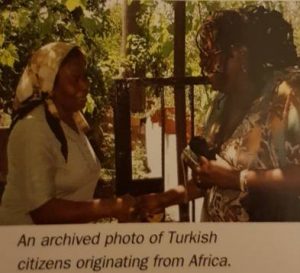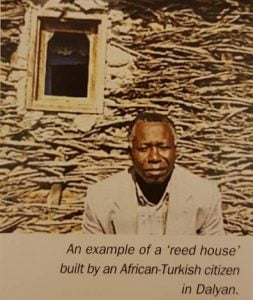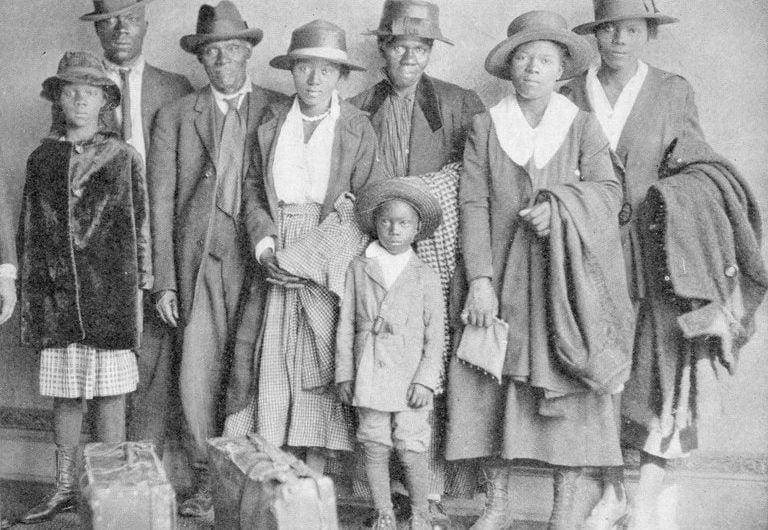 In the 18th century large farms were established on miri land in order to meet the alimentary needs of the Ottoman palace, the army and horse breeding industry. The Dalaman Farm, which Sultan Selim III granted to his mother Mihrişah Sultan, was taken under the administration of the Foundations Corporation in 1820 and was purchased by the inheritors of Hacı Ali, Lord of Mugla, in 1836.
In the 18th century large farms were established on miri land in order to meet the alimentary needs of the Ottoman palace, the army and horse breeding industry. The Dalaman Farm, which Sultan Selim III granted to his mother Mihrişah Sultan, was taken under the administration of the Foundations Corporation in 1820 and was purchased by the inheritors of Hacı Ali, Lord of Mugla, in 1836.
In (1832-1833), Mehmet Ali Pasha, Hidiv (governor) of Egypt, staged an insuperable rebellion against the Ottoman State and resulted in a negotiation that reluctantly awarded Mehmet Ali Pasha with the farm and property owned by Mihrisah Sultan. After the Pasha and his wife died, his grandson Hidiv Abbas Hilmi Pasha inherited the farm and brought black families from Egypt and Sudan to work there. Later when he was not able to repay his loans to the banks the farm was seized and sold; purchased by the state in 1935, it was transferred to the State Agricultural Operations Corporation in 1938.
After the Pasha lost the farm, some of the black families returned to Egypt and Sudan, but some remained in Dalaman. The State gave these Turkish citizens of African origin free land in Ortaca and Dalaman, enabling them to build houses and to own fields. The Eskikoy and Tepearası Villages situated around Ortaca and Dalyan were established in this way and in time the Africans and the Anatolian nomad population intermingled through marriage.
 Black people enabled the spread of a particular African-type house in the region. These single-room cabins on rectangular plans, called reed and arch houses or fence houses, were built by weaving fresh chaste tree branches between dense and long poles driven into the soil. Roofs made of elm trees were covered with dried reed cut in April. Stone or mud was used only in building the fireplace and the interior walls were plastered with clay mixed with straw.
Black people enabled the spread of a particular African-type house in the region. These single-room cabins on rectangular plans, called reed and arch houses or fence houses, were built by weaving fresh chaste tree branches between dense and long poles driven into the soil. Roofs made of elm trees were covered with dried reed cut in April. Stone or mud was used only in building the fireplace and the interior walls were plastered with clay mixed with straw.
In his compilations of local lore, Şefik Alican describes the reed houses and recounts Customs Officer Mehmet’s son coming to Dalyan for the first time in 1951 and reached Dalyan through Eskikoy, one of the villages that surround Dalyan, village road. “Travelling to Dalyan on foot, the first thing to attract my attention was that the houses were of reeds and their roofs were covered with straw. However, one could hear the sound of radios from all the houses. From this I concluded that Dalyan was a socially developed settlement”
(Karaagaçli-2009).

Source: Koycegiz – Dalyan A Journey Through History Within The Labyrinth of Nature, (pages: 75-76), Altan Türe, 2011, Faya Kültürel Yayınları


Comments